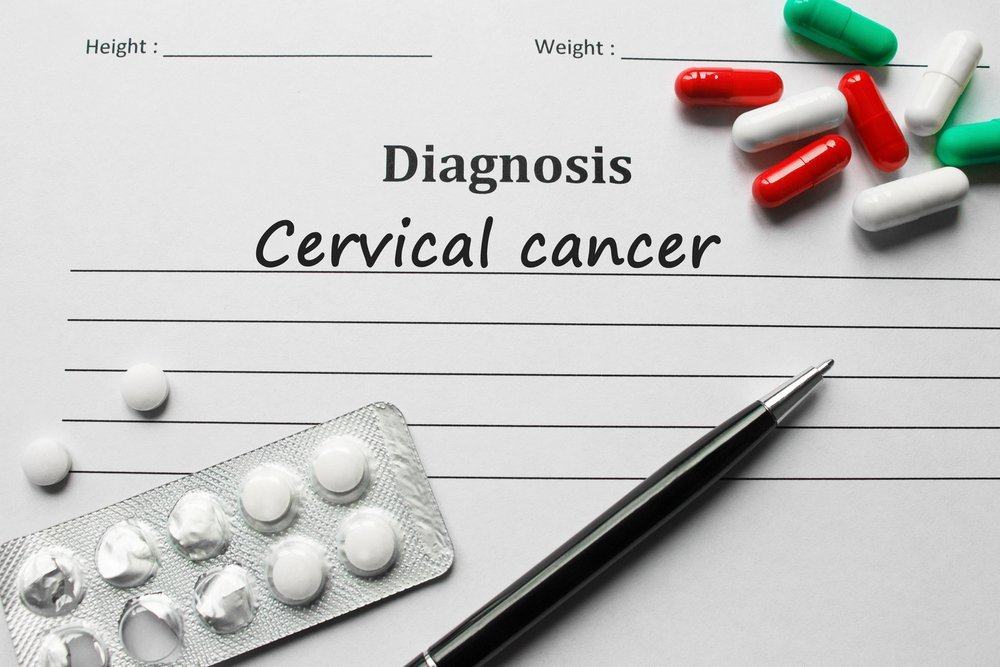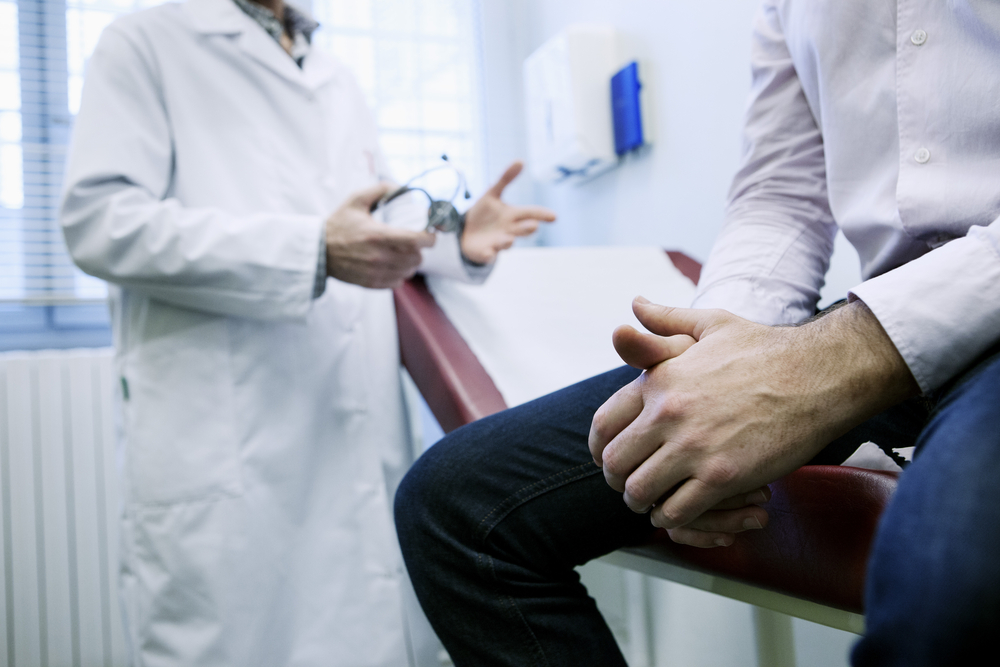Contents:
- Medical Video: What are the risk factors for cervical cancer?
- Risk factors for cervical cancer from lifestyle
- Risk factors for cervical cancer from genetics
- Other conditions that make you at risk for cervical cancer
- 1. Being overweight
- 2. Pregnancy
- 3. Immunosuppression
- 4. Diethylstilbestrol (DES)
- 6. Chlamydia infection
Medical Video: What are the risk factors for cervical cancer?
Based on research in the UK in 2010, 100% of new cervical cases in the UK are related to lifestyle and other risk factors. The following are the main rissiko factors for cervical cancer.
Risk factors for cervical cancer from lifestyle
- Sexual history: Many types of sexual activities related to cervical cancer and HPV infection. Examples: sex before age 18, multiple sex partners, and sex with someone who has had multiple partners.
- Smoke: When someone smokes, he and the people around him are exposed to many cancer-causing chemicals that examine organs other than the lungs. This dangerous molecule is absorbed through the lungs and carried in blood vessels throughout the body. Women who smoke are twice as likely to develop cervical cancer as nonsmokers. Scientists believe that these substances can damage the DNA of cervical cells and contribute to the growth of cervical cancer.
- Use of birth control pills: Women who have used oral contraceptives such as birth control pills for more than five years have an increased risk for cervical cancer, but this risk returns to normal within a few years after stopping using pills.
- Diet: People whose diets do not include fruits and vegetables are more at risk for cervical cancer.
Risk factors for cervical cancer from genetics
Family history.Women who have a sister or mother who has had cervical cancer two or three times more at risk for cervical cancer.
Other conditions that make you at risk for cervical cancer
1. Being overweight
Overweight women are more at risk for cervical adenocarcinoma.
2. Pregnancy
Women who have undergone three full or more pregnancies, or who have their first full pregnancy before age 17, are twice as risky for cervical cancer.
3. Immunosuppression
In most people with a healthy immune system, the HPV virus will self-destruct in the body in 12-18 months. However, people with HIV or other health diseases or who use drugs that limit the immune system are at high risk of developing cervical cancer.
4. Diethylstilbestrol (DES)
Women whose mothers had used DES, a drug given to women to prevent miscarriages from 1940 to 1971, had an increased risk of cervical cancer.
5. HPV
This is the most important risk factor for cervical cancer. Even though HPV causes cancer, having HPV does not mean you will get cancer. Most women who have HPV, viruses or abnormal cells, their HPV will be removed after treatment.
HPV is a skin infection, spread through skin-to-skin contact from one person to another who has a virus. HPV also spreads through sek, including vaginal, anal and even oral sex. Different types of HPV cause warts in different parts of the body. Some cause warts on the hands and feet, others tend to cause warts on the lips or tongue.
Some types of HPV can cause warts on or around the genital organs and anal areas of women and men. This is considered HPVkind of mild risk because it is rarely associated with cancer, for example, cancer of the cervix, vulva, and vagina in women. It is believed that women must be infected with HPV to get cervical cancer. Although this can mean high-risk types of infection, about 60% of all cervical cancers are caused by HPV 16 and 18.
HPV infection is a common thing, and in most people, the body can clear this infection by itself. But sometimes, the infection does not disappear and become chronic. Chronic infections, especially when caused by certain high-risk HPV types, can eventually cause certain cancers, such as cervical cancer.
6. Chlamydia infection
Chlamydia is a common type of bacteria that can infect the reproductive system that is spread through sexual activity. Chlamydia infection can cause pelvic inflammation, and then infertility. This can be seen with the risk of cervical cancer being higher in women who have positive blood test results with past or current chlamydia infection (compared to women who have normal test results). Because there are no symptoms in women infected with chlamydia, they may not even know at all that they are infected until they are tested for chlamydia during a pelvic examination.












